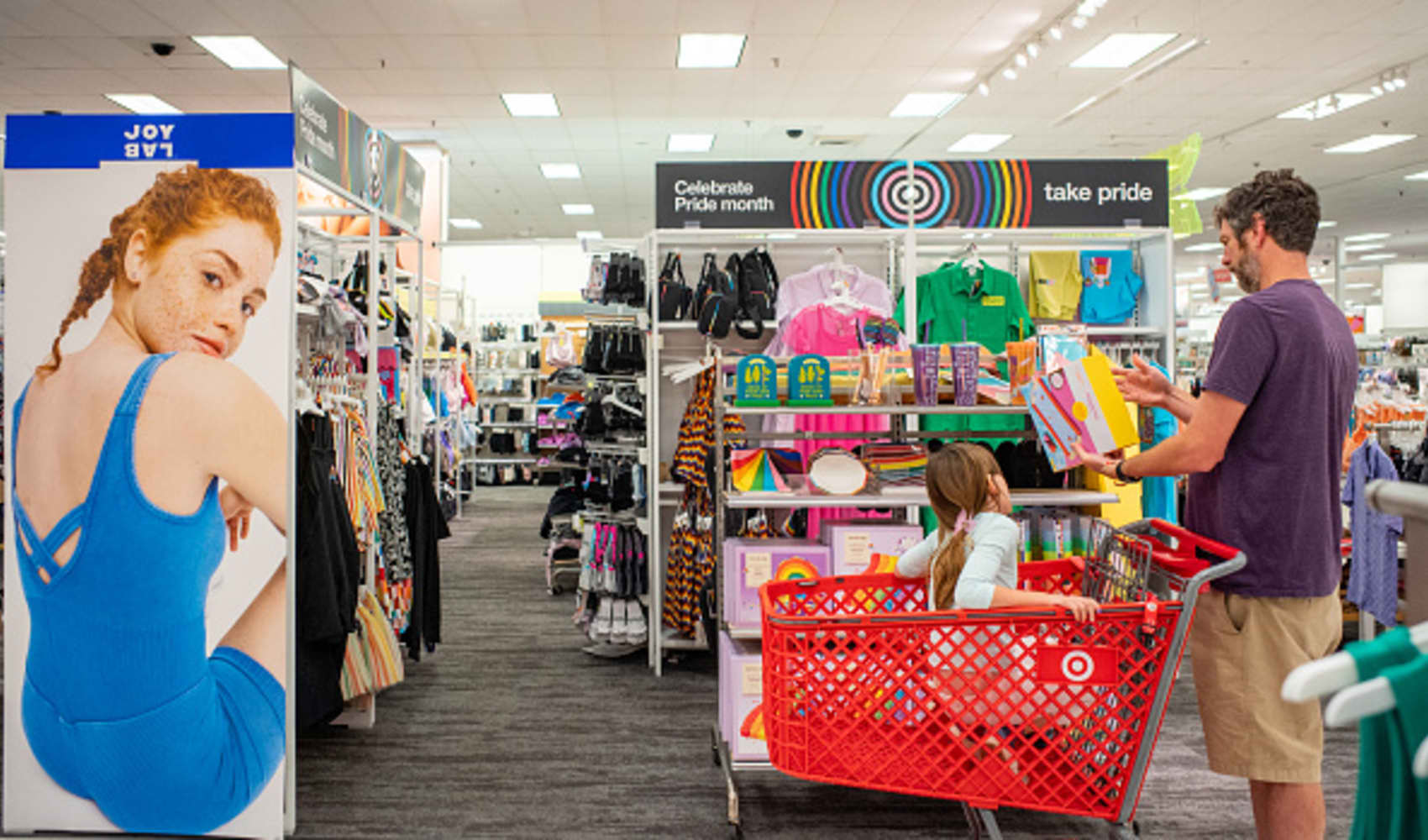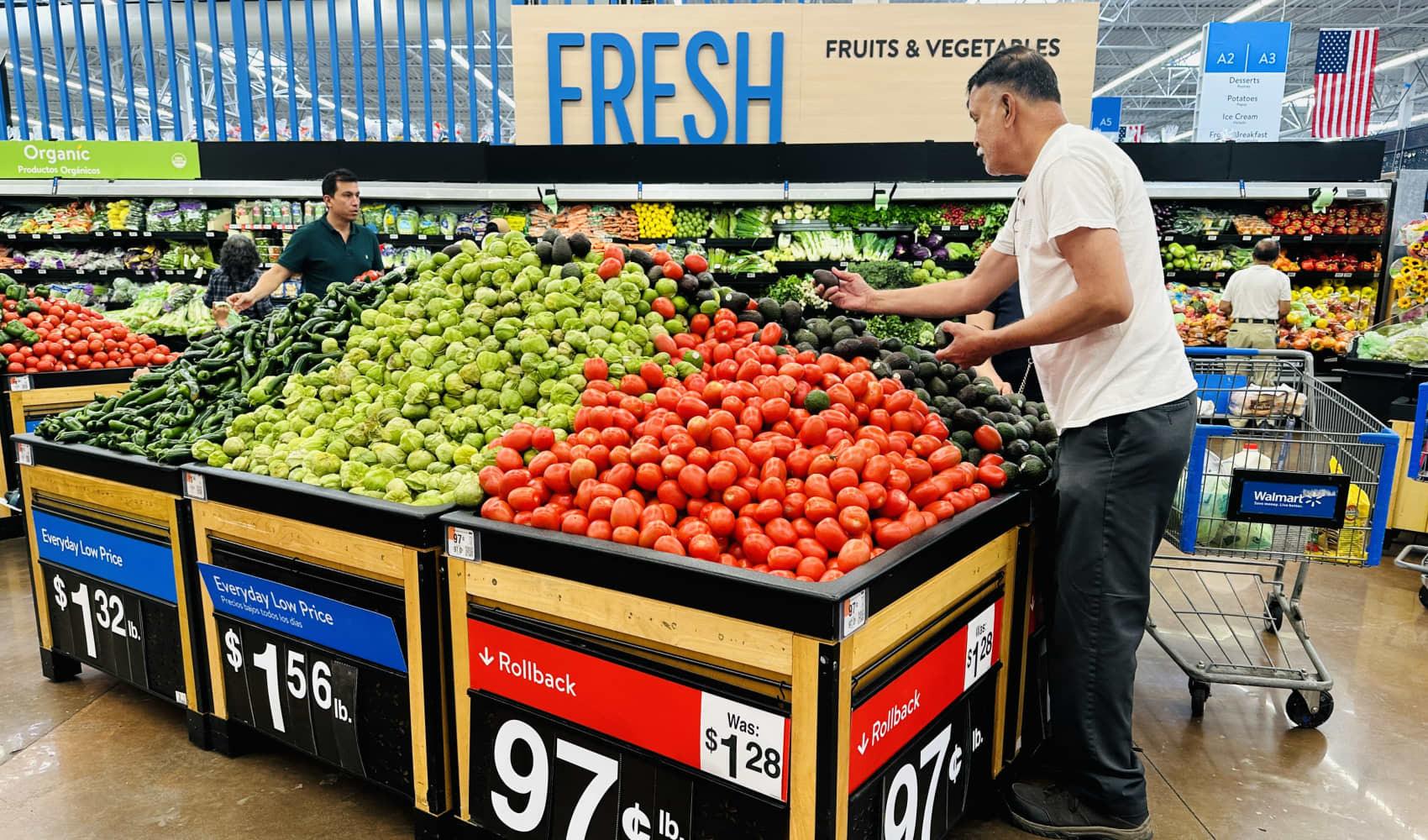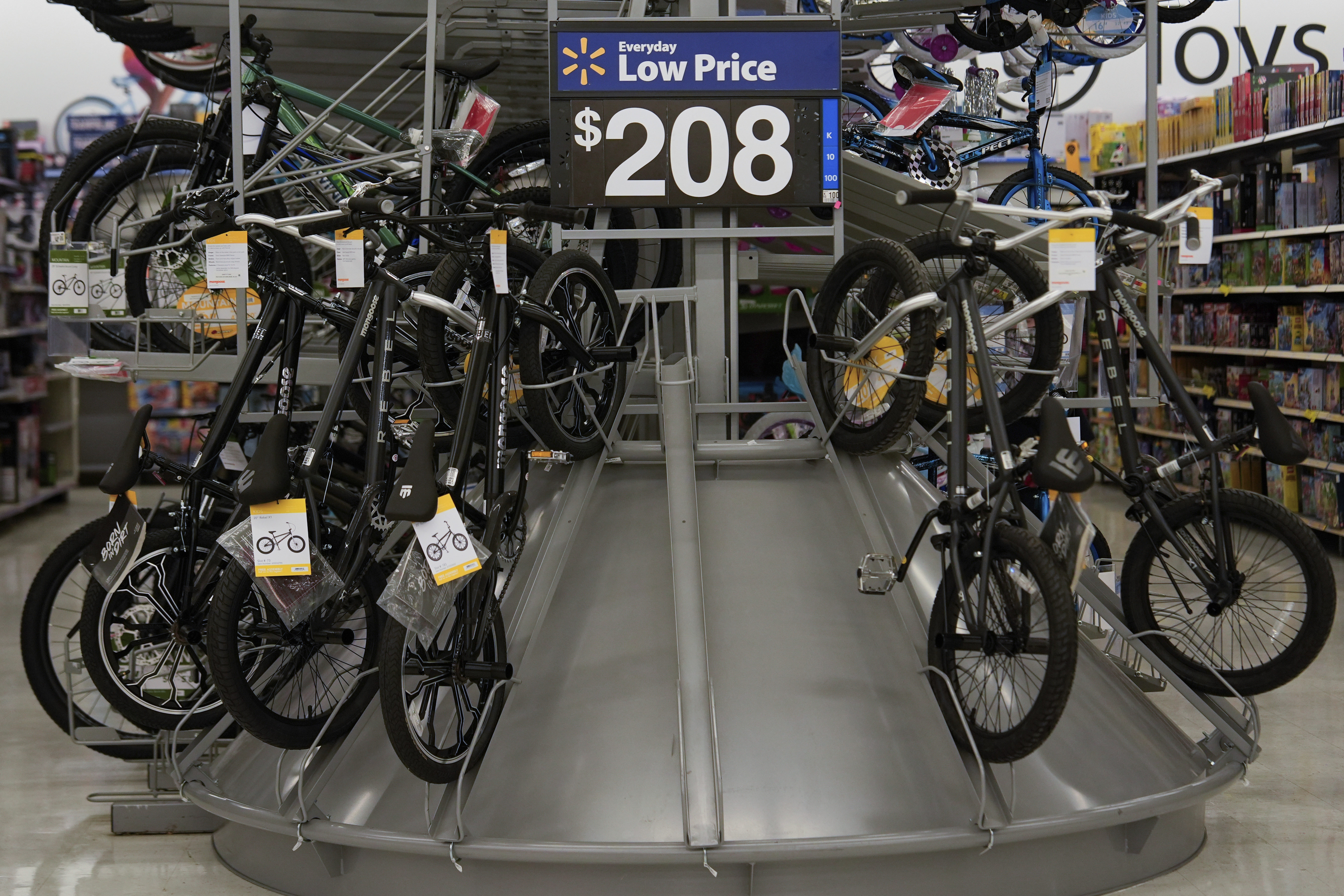Target vs. Walmart & Costco: Why Target is Losing
Target's Troubles: Why It's Losing Ground to Walmart & Costco
Introduction: Is Target Missing the Mark?
Target, once the darling of discount chic, seems to be facing a perfect storm. Remember the days when a Target run was a mini-escape, a chance to snag stylish finds alongside everyday essentials? Now, it feels like the retail landscape is shifting beneath their feet. They're grappling with internal missteps, external pressures, and increasingly savvy competition from giants like Walmart and Costco. What's going on, and why are shoppers potentially choosing those big-box rivals over the beloved bullseye?
The DEI Dilemma: A Step Back, or a Necessary Pivot?
One of the most visible challenges Target is facing stems from its diversity, equity, and inclusion (DEI) initiatives. The company's decision to scale back some of these programs has ignited a firestorm of controversy. Did they cave to pressure, or were these changes overdue? Regardless, the impact has been tangible.
Boycotts and Foot Traffic Decline
According to Placer.ai, Target experienced an 11-week decline in foot traffic following these changes. That's a significant hit, and it suggests that a segment of their customer base is deeply unhappy. Are they alienating loyal shoppers in an attempt to appease others? It’s a question they need to answer quickly.
Beyond Politics: Self-Inflicted Wounds
While the DEI controversy is a major factor, it's not the only reason Target is struggling. Experts point to a series of internal issues that are contributing to their woes. Think of it like a football team – if the defense is weak and the offense can't score, it doesn't matter how good the coach is.
Inventory Imbalance: Too Much of the Wrong Stuff
One major issue? Excess inventory. During the peak of the pandemic, many retailers struggled to keep shelves stocked. Target, like many others, overcompensated, leading to a glut of unwanted goods. This excess inventory ties up capital and forces them to offer steep discounts, impacting profitability.
Staffing Shortfalls: A Recipe for Customer Dissatisfaction
Another problem? Staffing shortages. Nothing frustrates a customer more than being unable to find assistance, long checkout lines, or an understaffed Starbucks inside the store. Poor customer service can quickly erode brand loyalty.
Locked-Up Inventory: The Ultimate Retail Fail
Finally, locked-up inventory speaks to concerns about theft and security, but it also creates a less inviting shopping experience. Do shoppers really want to feel like they're browsing in a high-security zone? Probably not.
Walmart's Value Proposition: Everyday Low Prices Win
Walmart has always been known for its unbeatable prices. In an era of rising inflation, that value proposition becomes even more appealing. When consumers are pinching pennies, they're more likely to prioritize affordability over brand cachet.
The "Rollback" Strategy: A Powerful Incentive
Walmart’s famous "rollback" strategy reinforces their commitment to low prices. It’s a simple but effective way to signal value and attract price-conscious shoppers. Target, with its emphasis on style and design, struggles to compete on this front.
Costco's Membership Model: Loyalty and Bulk Savings
Costco operates on a completely different model: membership fees. While you have to pay to shop there, the savings on bulk purchases can be significant, especially for families. The membership model fosters loyalty and encourages repeat business.
The Treasure Hunt Effect: A Unique Shopping Experience
Let's be honest, part of the fun of shopping at Costco is the "treasure hunt" aspect. You never know what you're going to find, from discounted electronics to gourmet food items. This creates a sense of excitement and discovery that keeps shoppers coming back for more.
Amazon's E-Commerce Dominance: The Convenience Factor
And let's not forget about the elephant in the room: Amazon. With its vast selection, competitive prices, and unparalleled convenience, Amazon continues to dominate the e-commerce landscape.
Prime Perks: A Powerful Incentive
Amazon Prime offers a suite of benefits, including free shipping, streaming services, and exclusive deals, further solidifying its dominance. Why drive to a store when you can have almost anything delivered to your doorstep with a few clicks?
Target's Strengths: Where Does It Still Shine?
Despite its challenges, Target still has strengths. It's known for its stylish collaborations, well-designed private-label brands, and a generally more pleasant shopping experience than Walmart. But are these strengths enough to overcome its weaknesses?
Style and Design: A Differentiator, But is it Enough?
Target's emphasis on style and design sets it apart from Walmart and Costco. Its collaborations with popular designers and its own private-label brands offer affordable fashion and home décor options. However, in a tough economic climate, style may take a backseat to price.
The Path Forward: How Can Target Regain Its Edge?
So, what can Target do to turn things around? It needs to address its internal issues, reconnect with its core customer base, and find new ways to differentiate itself from the competition.
Re-Engage with Customers: Listen and Respond
First, Target needs to listen to its customers and respond to their concerns. This means addressing the DEI controversy, improving customer service, and ensuring that its inventory is aligned with consumer demand.
Optimize Inventory Management: Less is More
Second, Target needs to optimize its inventory management. This means reducing excess inventory, streamlining its supply chain, and ensuring that its stores are stocked with the right products at the right time.
Enhance the In-Store Experience: Make it Worth the Trip
Finally, Target needs to enhance the in-store experience. This means improving customer service, creating a more inviting atmosphere, and offering unique and compelling products that can't be found elsewhere.
Conclusion: Target at a Crossroads
Target is facing significant challenges from multiple fronts. From DEI controversies to inventory imbalances and stiff competition from Walmart, Costco, and Amazon, the retailer has its work cut out for it. To regain its edge, Target needs to address its internal issues, reconnect with its customer base, and find new ways to differentiate itself. The future of Target depends on its ability to adapt and evolve in a rapidly changing retail landscape. Will they sink or swim? Only time will tell.
Frequently Asked Questions
Q1: Why is Target facing controversy over its DEI initiatives?
Target made changes to its DEI programs, leading to accusations that they were backtracking on their commitment to diversity and inclusion, alienating a portion of their customer base who value these initiatives.
Q2: How is Walmart's pricing strategy impacting Target?
Walmart's focus on "everyday low prices" and frequent "rollbacks" attracts price-conscious consumers, especially during periods of high inflation. Target, with its emphasis on style, struggles to compete directly on price.
Q3: What advantages does Costco have over Target?
Costco's membership model fosters loyalty, and its bulk purchasing options offer significant savings for families. The "treasure hunt" atmosphere creates a unique and engaging shopping experience.
Q4: How is Amazon affecting brick-and-mortar retailers like Target?
Amazon's convenience, vast selection, and Prime perks (free shipping, streaming) make it a formidable competitor. Consumers can often find the same or similar products online without ever leaving home.
Q5: What can Target do to improve its in-store experience?
Target can improve customer service by increasing staffing levels and training employees, create a more inviting atmosphere through store design and layout, and offer unique and compelling products that differentiate it from its competitors.


